Ryan Anderson • Mar 16, 2009
Planetary Surface Processes Field Trip: Day 3
SP Flow and Sunset Crater
This article originally appeared on Ryan Anderson's "The Martian Chronicles" blog and is reposted here with permission.
(This is day 3 of a week-long field trip to Arizona. Catch up with days 1 and 2!)
Today was all about volcanoes. We started early, driving north out of Flagstaff and skirting around the huge San Francisco peaks, which are the remnants of a huge stratovolcano (think Mt. Fuki or Mt. Rainier). The volcano formed between about 1 and 0.4 million years ago. It is currently 12,633 feet high, but in its pristine state it may have been several thousand feet higher. This is because it lost its peak, either by an explosive eruption or by erosion. You can imagine its profile by mentally extending the slopes in this photo up above the mountain to meet at a sharp summit.
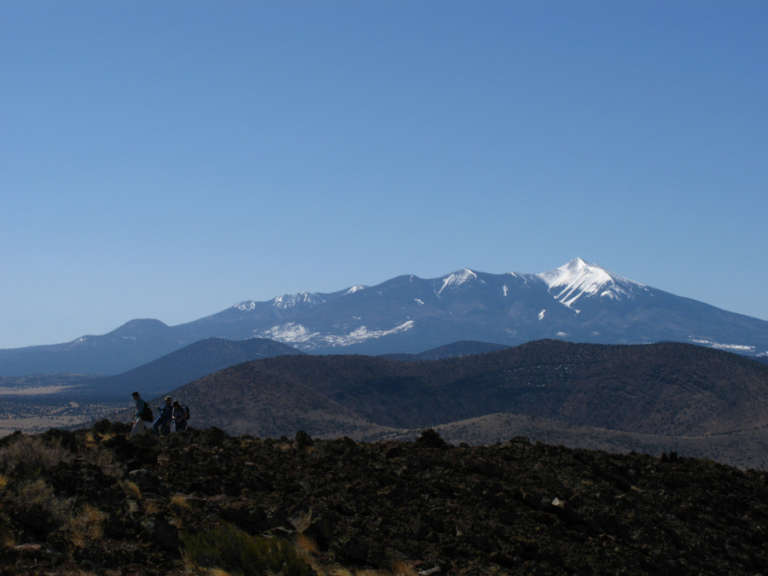
Our main destination today was SP Mountain, a pristine cinder cone volcano with a spectacular lava flow extending four miles from its base. Cinder cones are volcanoes formed by loose rocks called cinders. As they spew forth from the vent, the cinders form a pile that gradually grows to become a cone.
The class had been given various satellite and aerial imagery of the SP mountain and flow, and made geologic maps of the area. Today we actually got to go out in the field and test their hypotheses. This activity was modeled after the same one that I did in Hawaii last summer, and it’s a really great way to realize just how complex geology can be and how difficult it is to interpret things with just satellite imagery. It’s humbling to realize how wrong we are in interpreting things even on earth, just think how much we must be getting wrong about Mars!
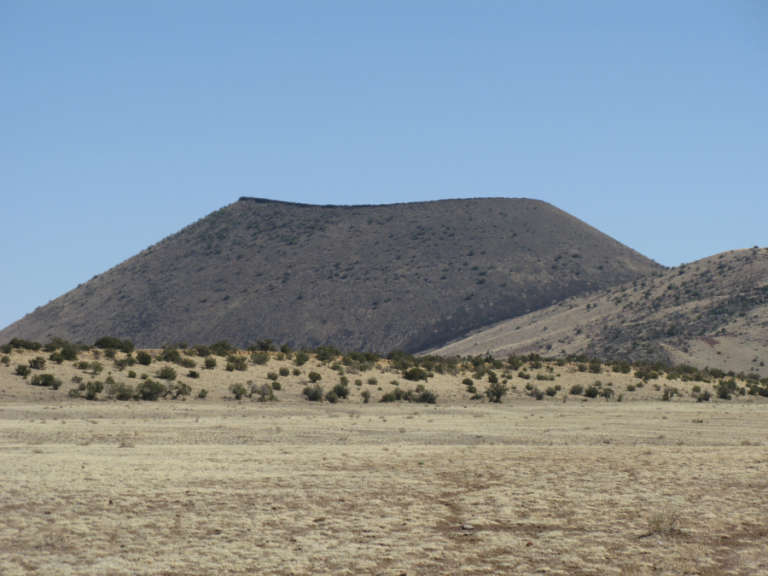
The term cinders refers to small chunks that have flown through the air and mostly cooled before they landed, but not all the chunks are small. Some, like the one in the picture below are much larger, and are called “bombs”. These often are spindle or football-shaped, because they form when a blob of lava is flung up from inside the crater, stretching it like silly putty until it breaks.
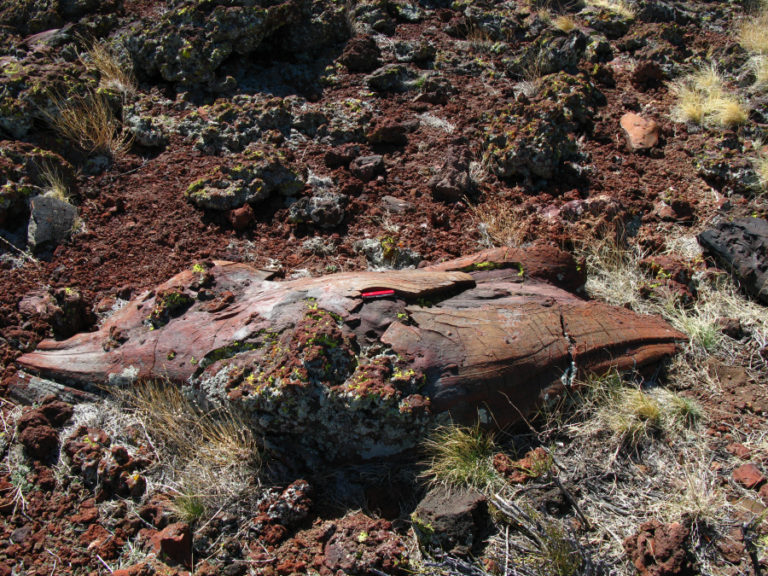
We explored all around the rim of the volcano, and walked through part of the lava flow, which is much more rugged up-close than it looks from above:
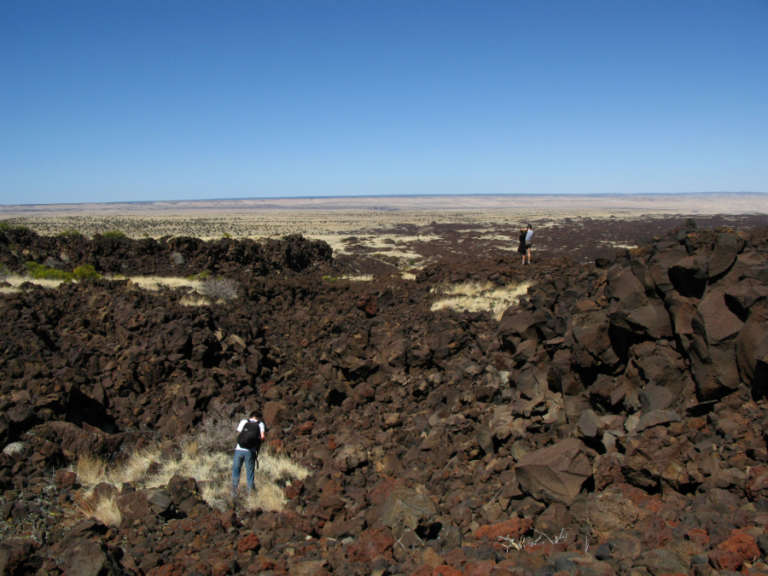
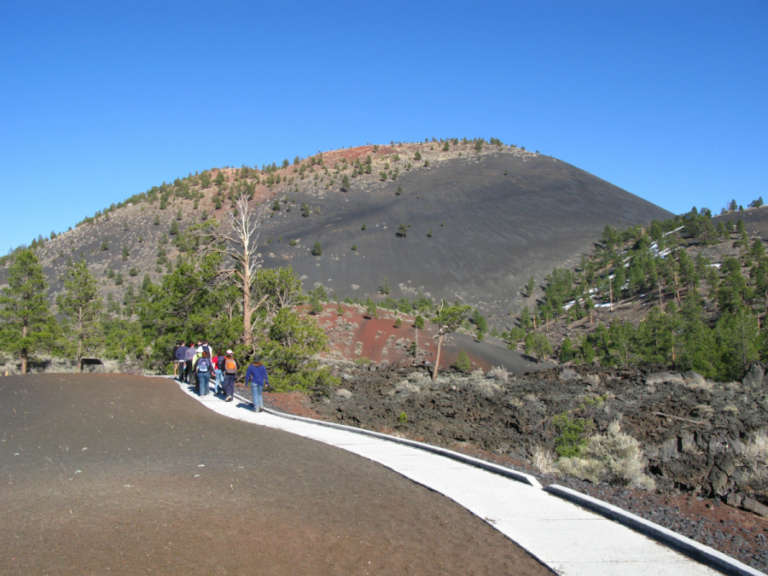
Let’s Go Beyond The Horizon
Every success in space exploration is the result of the community of space enthusiasts, like you, who believe it is important. You can help usher in the next great era of space exploration with your gift today.
Donate Today

 Explore Worlds
Explore Worlds Find Life
Find Life Defend Earth
Defend Earth


